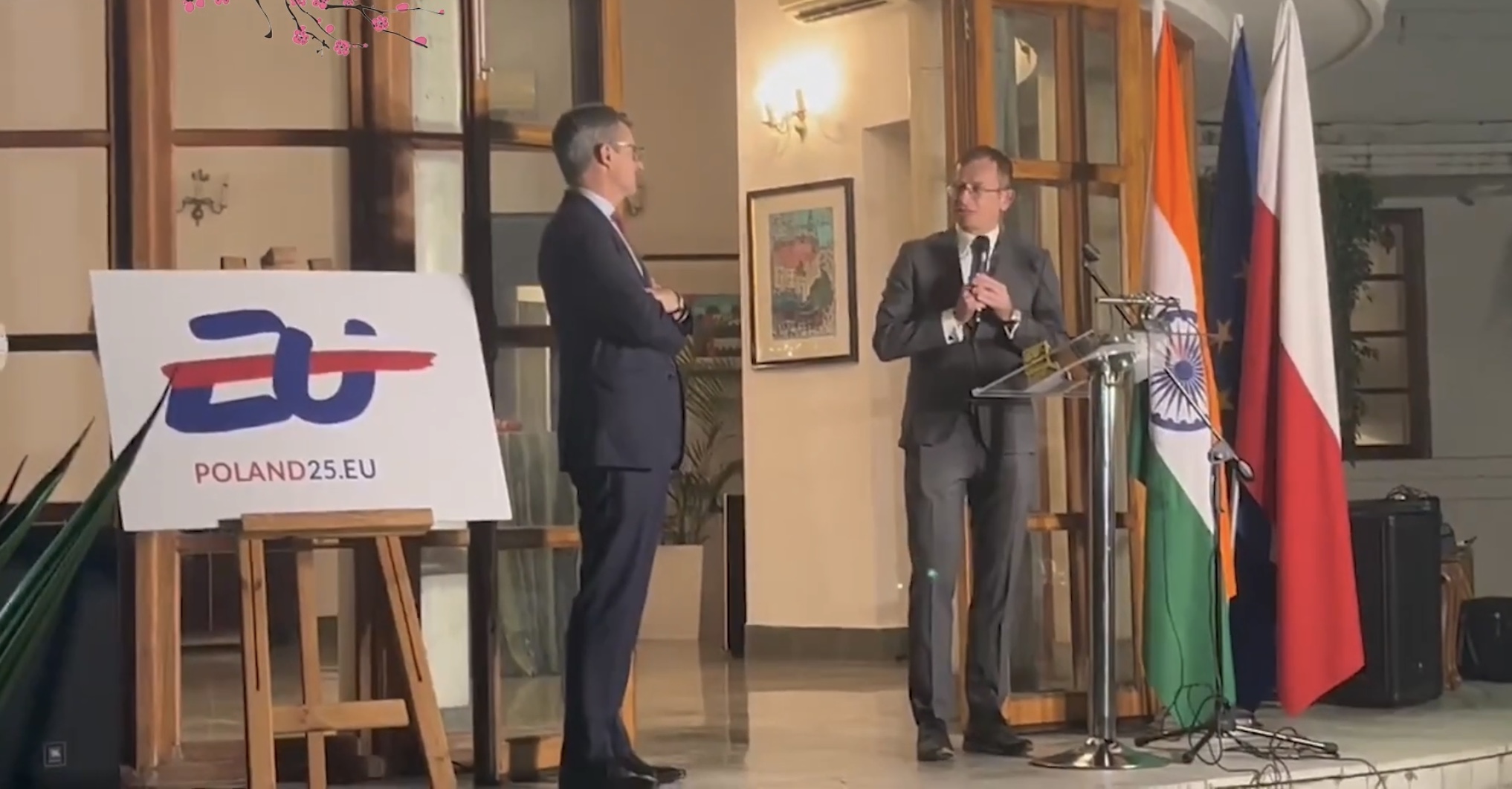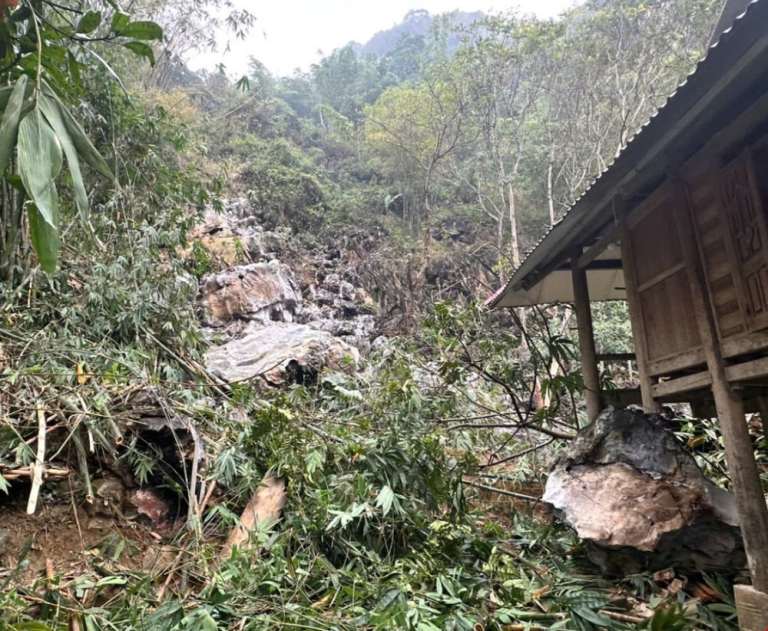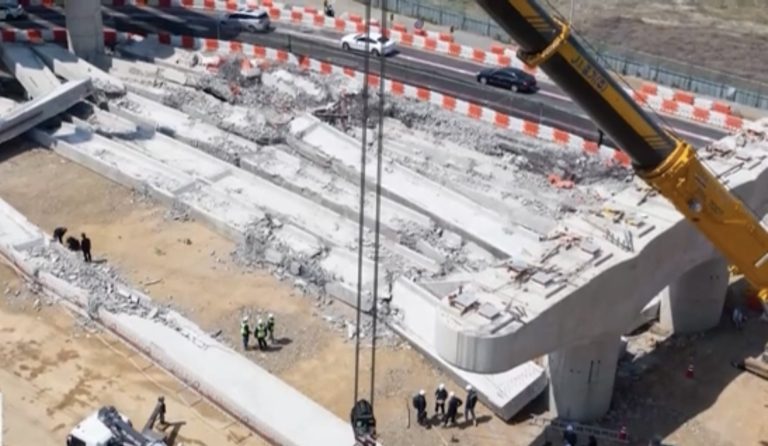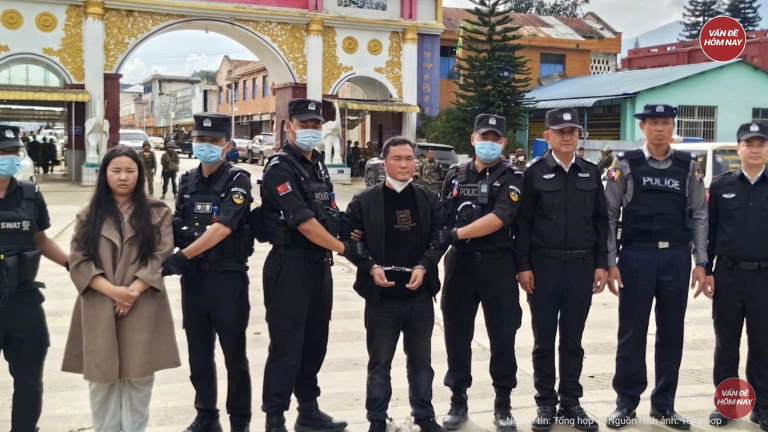
Screenshot
Russia’s Military Campaign and the Strengthening of Europe-Asia Relations
The war in Ukraine, which began on February 24, 2022, has not only reshaped Europe’s security landscape but also fostered closer ties between like-minded nations in Asia, including Japan. Despite differences in history and culture, these nations share a commitment to upholding an international order based on the rule of law, rejecting the concept of spheres of influence where stronger powers impose their will on smaller nations.
The International Alliance Supporting Ukraine
Following Russia’s military offensive in Ukraine, a military support coalition was formed in April 2022, comprising over 50 countries, including all NATO members, as well as Australia, Japan, New Zealand, South Korea, and several nations from Africa and Latin America. This marked a turning point, highlighting the growing security cooperation between Eastern Europe and East Asia.
From a political standpoint, a Russian victory could be interpreted as proof that military aggression is beneficial and can succeed, reinforcing the perception that liberal democracies are weak, divided, and overly focused on trade rather than upholding international order. Therefore, supporting Ukraine is not only a European issue but also has profound implications for security in East Asia.
Poland’s Leadership Role in the EU
Recognizing the security threat posed by the war in Ukraine, Poland has committed to an unprecedented defense budget of 4.7% of its GDP in 2025, making it the fifth-largest defense spender in NATO and building the third-largest military force within the alliance. As Poland assumes the rotating presidency of the EU in the first half of 2025, its priorities will focus on military security, energy, food security, and cybersecurity.
At the same time, the EU has grown increasingly concerned about China’s political and economic support for Russia. In 2019, the EU classified China as a “partner, economic competitor, and systemic rival.” However, since the outbreak of the Ukraine war and ahead of the U.S. presidential election, this assessment is evolving. China has increasingly aligned with Russia’s stance against the U.S., NATO, and Western Europe.
NATO Expansion and Shifting Security Policies
Before the Ukraine war, Russia had proposed to the U.S. and the EU in December 2021 that NATO should halt its eastward expansion. This demand was rejected, and instead, NATO not only reinforced its military presence on its eastern flank but also welcomed Finland and Sweden—two nations that had previously remained neutral—into the alliance.
Additionally, China’s security policies in the Indo-Pacific, particularly its provision of sensitive materials to Russia (despite Beijing’s official denials), are putting the EU in a difficult position. This could lead to a more assertive EU approach, including new sanctions against Chinese companies suspected of supplying military-use components to Russia.
U.S.-EU Relations and Strategies Toward China
Under the upcoming U.S. presidency, Washington is expected to prioritize economic decoupling from China. This may force the EU to choose between adhering to U.S. trade restrictions or maintaining its economic ties with China, on which Europe remains dependent for critical industries such as technology, energy, and pharmaceuticals.
If the U.S. imposes high tariffs on Chinese goods, Europe could face increased economic pressure, potentially leading to a more assertive EU stance, as seen in recent anti-dumping tariffs on Chinese electric vehicles. Meanwhile, China, viewing the EU as a weak entity dependent on the U.S., may seek to strengthen bilateral ties with certain EU member states based on supply chain and production interests in China.
Strengthening Europe-East Asia Cooperation
Since 2022, global political dynamics have undergone unexpected shifts. For the first time in decades, most European nations are prioritizing defense and security. In 2024, 20 out of 32 NATO members met the target of spending 2% of GDP on defense, compared to just six countries three years earlier. European nations are also ramping up arms production and rebuilding their defense industries, which had been significantly downsized in the 1990s.
More importantly, Europe and East Asia are forging closer security ties. Today, Europe has strong links with IB4 countries (Australia, New Zealand, Japan, and South Korea), as well as India and the Philippines. Together, these regions can enhance their resilience in the face of global security challenges, as the post-World War II international order faces significant threats.
Conclusion: The war in Ukraine has not only reshaped European security policies but has also driven stronger ties with East Asia. The growing alignment between nations with shared strategic interests could become a crucial factor in defending the international order against the ambitions of major powers seeking to alter the global balance of power.





